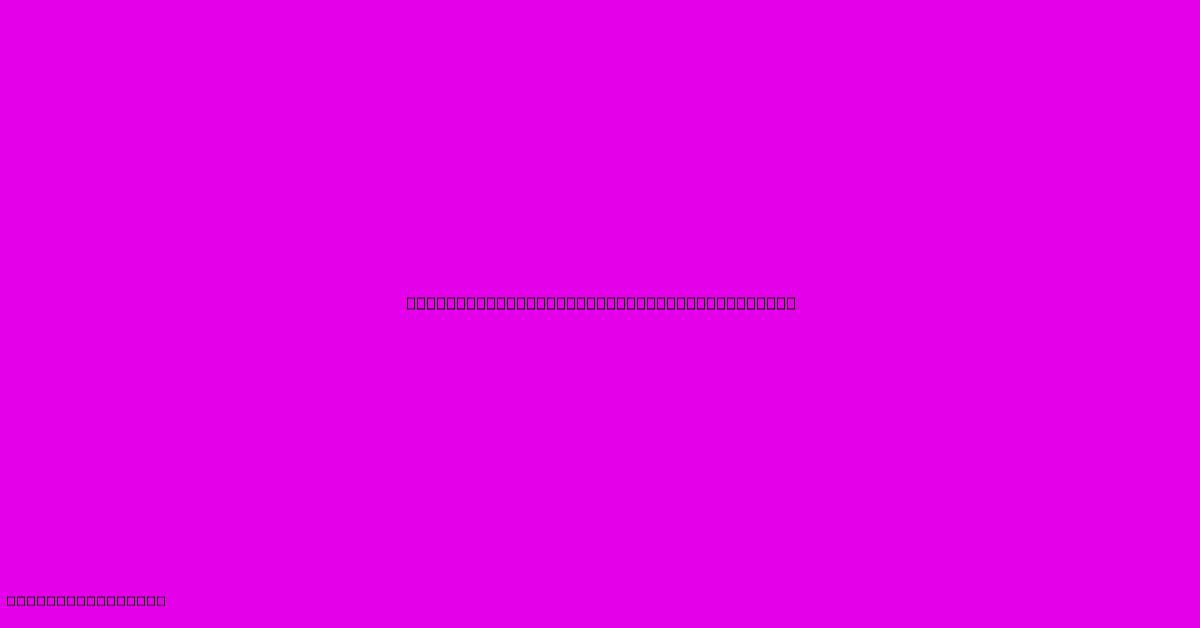Oct 28 NYT Connections Puzzle Solutions

Discover more detailed and exciting information on our website. Click the link below to start your adventure: Visit Best site zagjag.com . Don't miss out!
Table of Contents
Cracking the Code: NYT Connections Puzzle Solutions for October 28th
The New York Times Connections puzzle is a weekly brain teaser that challenges readers to connect seemingly disparate words through a series of logical steps. If you're looking for the solutions for October 28th, you've come to the right place. But before we dive into the answers, let's explore the puzzle's unique charm and the satisfaction of cracking the code.
The Thrill of the Connection
The beauty of the Connections puzzle lies in its simplicity. Each puzzle presents a grid of seemingly unrelated words. The goal? To find the connections, often hidden in plain sight, and link each word to the next in a logical sequence. It's like solving a mini-mystery, where the key to success is recognizing subtle relationships and using your knowledge to navigate the puzzle.
Unlocking the October 28th Connections Puzzle
Let's dive into the solutions for the October 28th puzzle:
**1. ** START: The starting point for our puzzle journey.
**2. ** STAR: A connection to "START" as the word "STAR" can be found within the word "START".
**3. ** DUST: Here, we move from the celestial to the terrestrial. The "DUST" particles are found in the vast expanse of space, near the "STARS".
**4. ** BRUSH: Think about cleaning up. A "BRUSH" is a tool used to remove "DUST" from surfaces.
**5. ** PAINT: Now we shift gears to art. "BRUSH" is a tool commonly associated with "PAINT" and painting.
**6. ** CAN: "CAN" is a container often used to hold "PAINT". It's also the beginning of the word "CANVAS" used for painting.
**7. ** CANVAS: A "CANVAS" is the surface on which "PAINT" is applied.
**8. ** WALL: A common surface where "CANVAS" paintings are often displayed, a "WALL" also provides a sense of enclosure.
**9. ** WALLS: "WALLS" define a "WALL" and give it a sense of context.
**10. ** TIGHT: Now, we move to the abstract. "WALLS" can often be described as "TIGHT" if they are well-constructed and sturdy.
**11. ** TIGHTEN: "TIGHTEN" refers to the process of making something "TIGHT", suggesting a potential connection to "TIGHT".
**12. ** LOOSE: "LOOSE" is the opposite of "TIGHTEN". It suggests a state of being unfastened or unfixed.
**13. ** LOOSE: This final word ties back to the puzzle's theme by suggesting a state of being free or unbound, perhaps referencing the free-flowing connections within the puzzle itself.
The Takeaway: More Than Just a Puzzle
The New York Times Connections puzzle isn't just a game; it's a testament to the interconnectedness of our world and the power of language. By finding the links between seemingly disparate words, we develop a deeper understanding of the intricacies of language, relationships, and the subtle nuances of human thought. So, next time you face a Connections puzzle, remember to embrace the challenge, enjoy the journey, and revel in the satisfaction of discovering those hidden connections.

Thank you for visiting our website wich cover about Oct 28 NYT Connections Puzzle Solutions. We hope the information provided has been useful to you. Feel free to contact us if you have any questions or need further assistance. See you next time and dont miss to bookmark.
Featured Posts
-
Beljo Rettet Rapid Gegen Sieglosen Gak
Oct 28, 2024
-
Whittakers Injury Graphic But No Jaw Break
Oct 28, 2024
-
Eagles Vs Bengals Live Stream And Tv Guide
Oct 28, 2024
-
Premier League Live Arsenal Vs Liverpool Stream
Oct 28, 2024
-
Arsenal Vs Liverpool Live Stream Premier League
Oct 28, 2024
-
Gak Gegen Rapid 1 1 Nach Spannender Partie
Oct 28, 2024
-
2024 Queensland Election Capalaba Results
Oct 28, 2024
-
Saints Vs Chargers Live Stream Details
Oct 28, 2024
-
Trump Holds Rally In New York City
Oct 28, 2024
